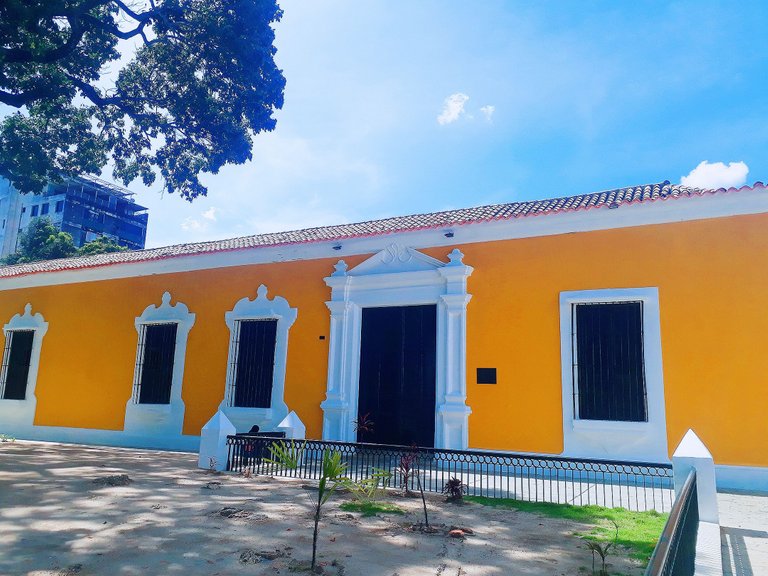
La arquitectura en Venezuela, tuvo un paso importante de las construcciones indígenas a la arquitectura de origen español y la creación de sus cuidades tuvieron desde sus comienzos las ordenanzas españolas,permitiendo la construcción de casas, siempre que se guardase la organización cuadrangular de las cuadras heredadas de la tradición urbanística hispana y que
se remonta a las ordenanzas de poblamiento de Felipe II en 1572.
The architecture in Venezuela, had an important step from the indigenous constructions to the architecture of Spanish origin and the creation of its cities had from its beginnings the Spanish ordinances, the construction of houses, as long as they kept the quadrangular organization of the blocks inherited from the Hispanic urbanistic tradition, which dates back to the settlement ordinances of the settlement ordinances of Felipe II in 1572.
El arquitecto e historiador Gasparini Grazian, en su libro, La arquitectura colonial en Venezuela, nos dice que los españoles llegaron a Venezuela, corroboraron que los recursos naturales de esta zona del continente, no respondian a las expectativas hechas en los otros territorios recien descubierto por ellos, por tal motivo todas las estructuras creadas a partir de ese momento reflejaban las limitadas condiciones economicas que el pais brindaba en ese momento, por lo que dicha arquitectura en venezuela, en la epoca colonial se manisfesto de forma sencilla y austeras con las ordenanzas españolas de ese momento.
The architect and historian Gasparini Grazian, in his book, La arquitectura colonial en Venezuela, tells us that the Spaniards arrived in Venezuela, corroborated that the natural resources of this area of the continent, did not respond to the expectations made in the other territories recently discovered by them, for that reason all the structures created from that moment on reflected the limited economic conditions that the country offered at that time, so that the architecture in Venezuela, in the colonial era was simple and austere with the Spanish ordinances of that time.

La arquitectura venezolana de la época puede definirse bajo tres tipos de construcciones la arquitectura civil, que abarca la casa colonial, la arquitectura religiosa, principalmente iglesias católicas y la arquitectura militar, castillete y fuertes.
Venezuelan architecture of the time can be defined under three types of constructions Civil architecture, which includes the colonial house, religious architecture, mainly Catholic churches and military architecture, castles and forts.
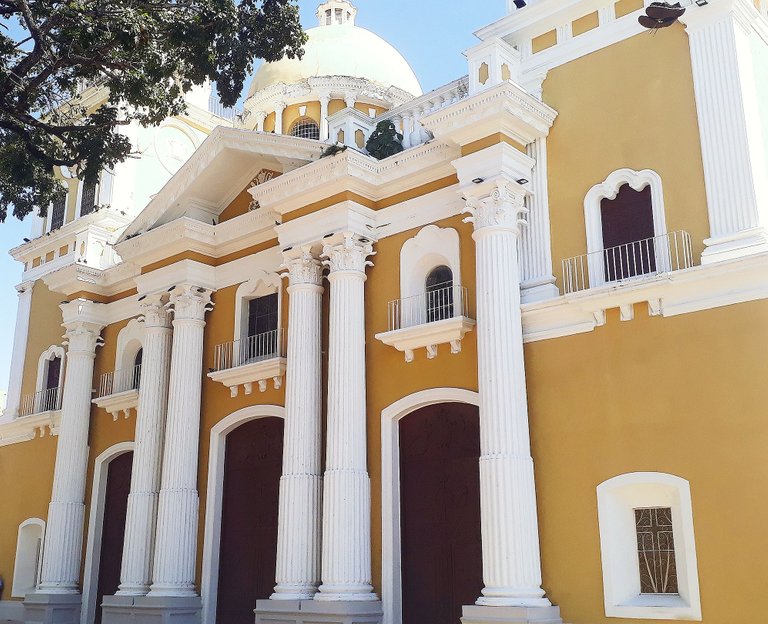

En el siglo XVII, se empezó la construcción de casas de piedra, ordenadas alrededor de la plaza, siguiendo un trazado urbanístico cuadrangular,es decir de las plazas partían las viviendas hacia los puntos cardinales. Uno de los rasgos característicos de la vivienda colonial fue el frente, con ventanas enrejadas y muros largos. Además destaca el balcón como elemento arquitectónico en la fachada, el zaguán y el patio principal con corredores.
In the XVII century, the construction of stone houses began, arranged around the square, following a quadrangular urban layout, that is to say, from the squares the houses were built towards the cardinal points. One of the characteristic features of colonial housing was the front, with barred windows and long walls. In addition, the balcony stands out as an architectural element in the façade, the hallway and the main patio with corridors.
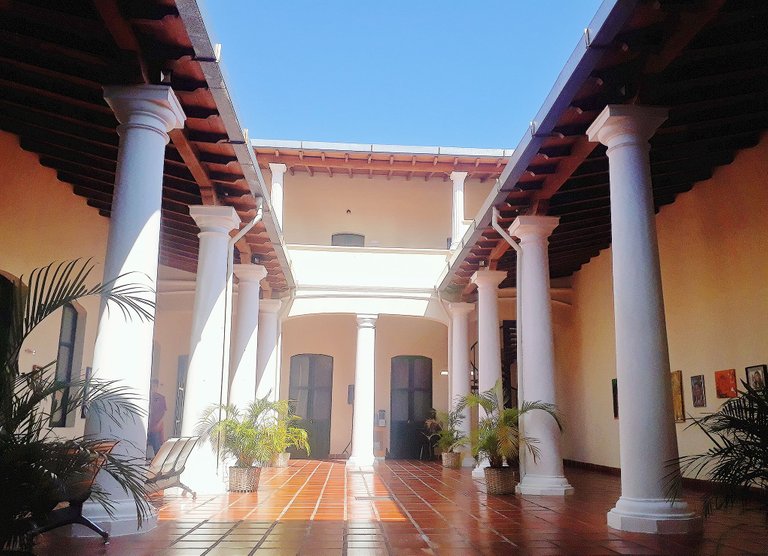
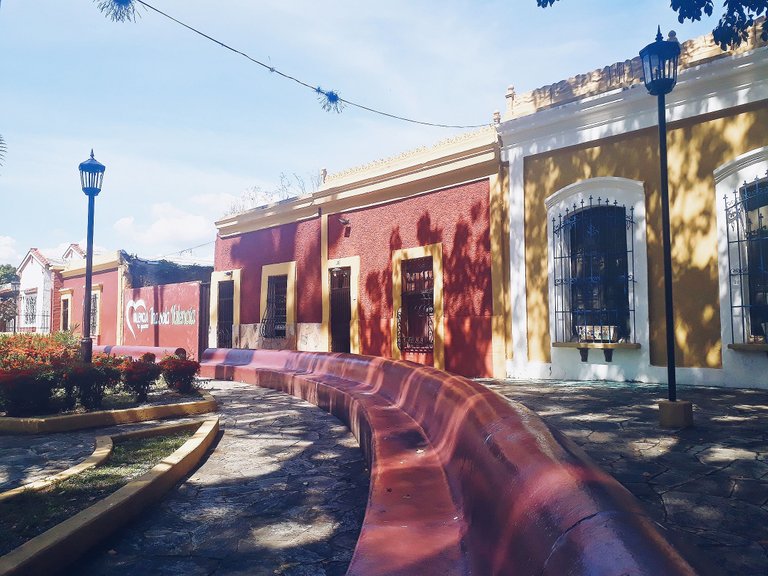
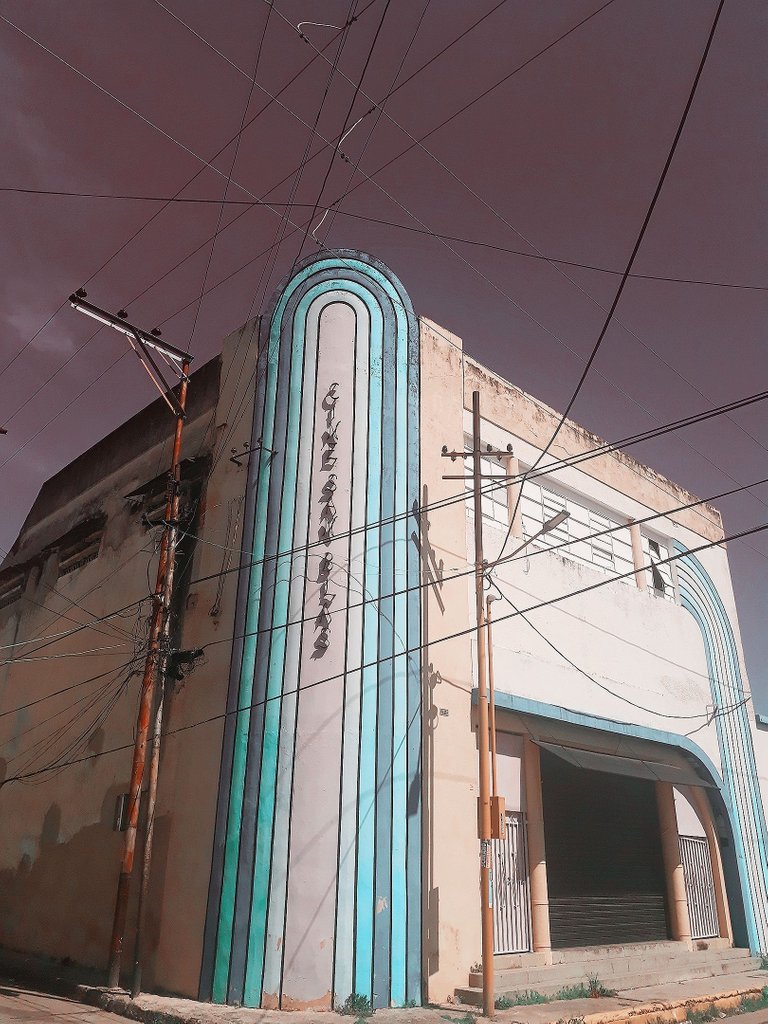
Este tipo de arquitectura tuvo prácticamente la totalidad del país, desde Caracas hasta el oriente y occidente, las cuidades se organizaron desde el centro, con su plaza principal, hasta los bordes de las mismas, los pasos de los ríos, en el siglo XVII y XVIII tuvieron importancia suprema, por ejemplo en la cuidad de Valencia, el paso de rio Cabriales, era el camino principal para Caracas y las futuras batallas en la continuas guerras que hubo en la época colonial.
This type of architecture had practically the whole country, from Caracas to the east and west, the cities were organized from the center, with its main square, to the edges of the same, the passes of the rivers, in the seventeenth and eighteenth century had supreme importance, for example in the city of Valencia, the passage of Cabriales river, was the main road to Caracas and the future battles in the continuous wars that took place in colonial times.

La plaza principal de la cuidad, era acompañada con una iglesia católica que en los primeros siglos luego de la llegada de los españoles, fue la principal comunidad religiosa. En valencia su construcción comenzó en el siglo XVI y debió esperar casi tres siglos para su culminación total. pero es a mediados de la segunda mitad del siglo XVIII que la edificación progresa de manera considerable.Todo el sistema político religioso y económico estaba situado en el centro de la cuidad, por lo que era de mucha importancia poder tener una casa en la cercanías de la plaza principal.
The main square of the city, was accompanied with a catholic church that in the first centuries after the arrival of the Spaniards, was the main religious community. In Valencia its construction began in the XVI century and had to wait almost three centuries for its total culmination, but it is in the middle of the second half of the XVIII century that the construction progresses considerably.The whole political, religious and economic system was located in the center of the city, so it was very important to have a house near the main square.
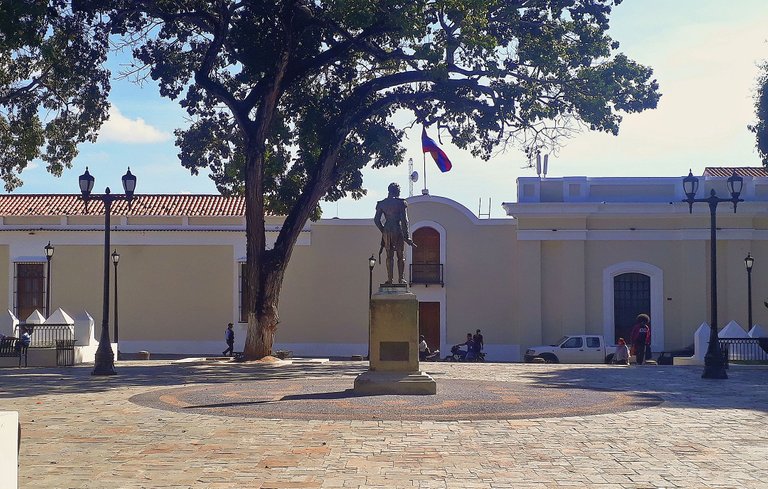
A mediados de 1854 comienza la construcción junto a la iglesia San Francisco, cercana a plaza principal, El antiguo convento de los frailes capuchinos de la Iglesia de San Francisco, que hacían vida en la cuidad, posteriormente se convertiría en el principal colegio de la cuidad y luego la primera escuela de derecho o abogacía de la regio, para esta construcción, podemos notar un avance en el diseño de la misma, buscando mayor diseño y calidad de la obra, al tener un patio interior, balcones y pilares imponente que le dan a la edificación, un importante
punto de referencia de la cuidad.
In mid 1854 construction began next to the San Francisco church, near the main square, the former convent of the Capuchin friars of the Church of San Francisco, who made life in the city, later became the main college of the city and then the first law school or law of the regio, for this construction, we can note an advance in the design of the same, seeking greater design and quality of the work, to have an inner courtyard, balconies and imposing pillars that give the building, an important landmark of the city. reference point of the city.
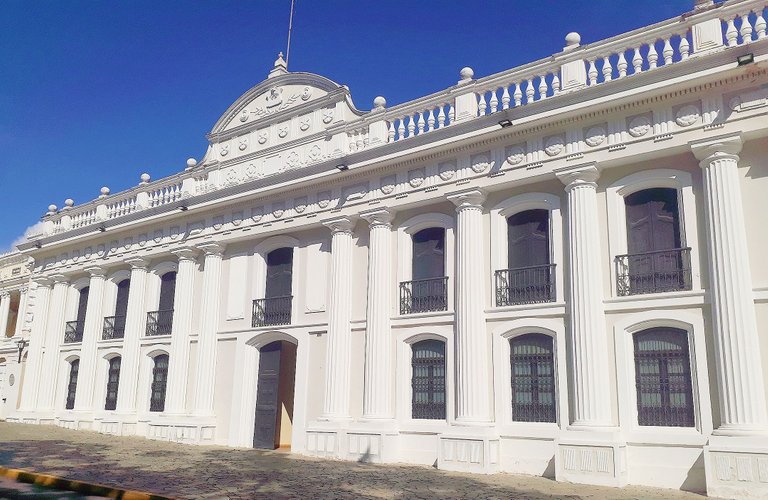
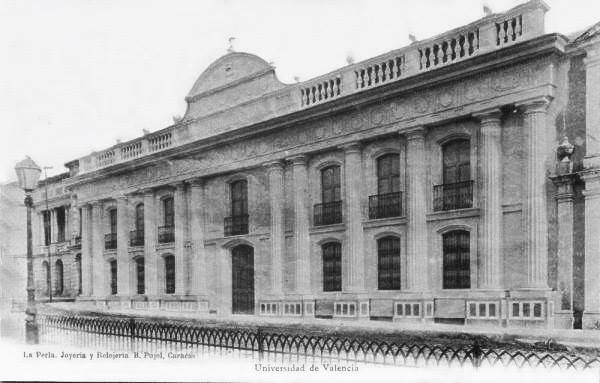
Congratulations, your post has been added to Pinmapple! 🎉🥳🍍
Did you know you have your own profile map?
And every post has their own map too!
Want to have your post on the map too?
I really liked the courtyard space and the pathways with sitting arrangements. The characteristics of the buildings are impressive. Thanks for sharing...
yes, it s really great when we can see all the characteristics of the buildings where we live. I hope in some days try to share more colonial history.
It's simply fascinating how a country's colonial history could strongly influence its current architectural signature. As a result, not only does architecture have a profound impact on Venezuela's natural and built environments, but especially also on the culture, tradition, and lifestyles of its people. Thank you for sharing some educational information about your nation's heritage.
A friendly welcome @ivanjesus to the Architecture+Design Community.
There are a lot info, books and blogs where we can see the impact n venezuela, of the spain culture but always with his own characteristics, it s a really placer for me that you could read it. thanks a lot my friend.
Well done @ivanjesus! We're happy to inform you that this publication was specially curated and awarded RUNNER-UP in Architecture Brew #50. Congratulations!
Subscribe to Architecture+Design, an OCD incubated community on the Hive blockchain.